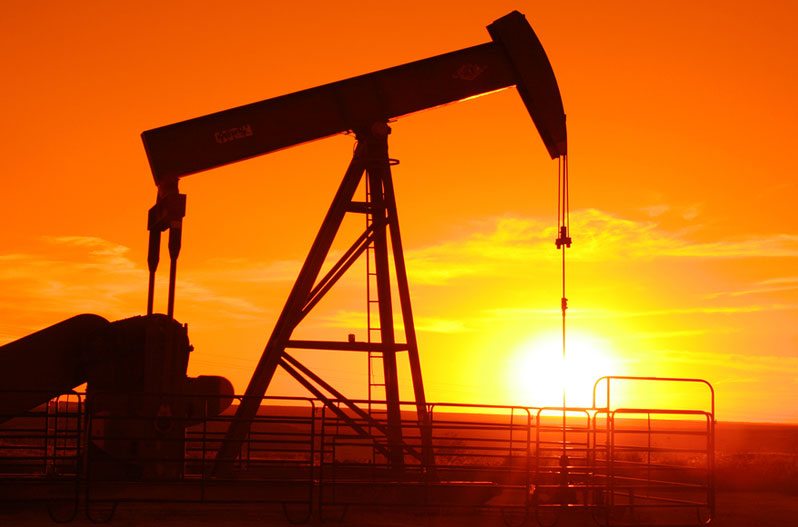[dropcap]T[/dropcap]exas has always been synonymous with oil, and these days more so than ever. In September of 2016, Houston's Apache discovered three billion barrels of oil in West Texas near Pecos. Just a couple months later, the largest oil deposit in U.S. history was found near Midland. The USGS announced that 20 billion barrels of oil are locked in the Wolfcamp Shale in the Midland basin, and that there may be far more than initial estimates suggest.
However, just a few months prior to these finds, massive layoffs in the oil industry had seemed to spell doom for the Texas economy. So now that there is more than enough oil to process and sell, what does that mean? Will everyone go back to work? Will gas prices drop or rise? Let's take a look at what the experts say.
Oil is unpredictable.
First of all, it's important to note that making predictions in the oil industry is a bit like fortune telling. It's nearly impossible to be accurate without a crystal ball because of the changing nature of the industry itself. It is reliant not only on oil supply, but on foreign trade relations, politics and industry regulations. Since all these things impact the oil industry as a whole, they also have an effect on Texas.
To better understand the capricious nature of oil, let's look at the last two years. In 2015 the price of oil dropped from $100 a barrel to a $26. An overproduction of oil flooding the market from Saudi Arabia and other OPEC nations drove the cost down, which drove production down domestically. While most of us were delighted at paying less at the pump, the fall in price and drop in production had a catastrophic effect on the average American oil worker. By April of 2016 over 350,000 people had lost their jobs in the oil industry. Nearly one-third of the people laid off were Texans. Oil boom towns were swiftly turning to ghost towns, and panic was beginning to set in.
Politics comes into play.
Fast forward to July of the same year and things were already beginning to look up. CNN Money reported that Goldman Sachs had predicted an upturn in production for 2017. In November, Houston's Raven Petroleum announced they will build the largest oil refinery America has seen since 1977. Add to that the election of Donald Trump, and things started to get interesting. Trump appointed Exxon's Rex Tillerson as the new Secretary of
Add to that the election of Donald Trump, and things started to get interesting. Trump appointed Exxon's Rex Tillerson as the new Secretary of State and former Texas Governor Rick Perry as the head of the Department of Energy. Tillerson has an established relationship with Russia. Forbes writer David Blackmon says that is "a clear signal" that Trump intends to ease relations with Russia, which could result in fewer sanctions and more Russian oil exports. Perry will no doubt be an ally to Texas as he begins his work with the Department of Energy.
What comes next?
The Baur College of Business at the University of Houston predicts that there will be some relief as we move into 2017, but that the return to normalcy will be a slow process. As the cost of oil rises, more drilling will start back up, and the cyclical nature of the oil industry will get back into motion. However, Blackmon posits that this may be a short-lived reprieve. He foresees another overproduction issue in the future due to the sheer amount of oil there is to be drilled, coupled with OPEC countries lying about their production rates (which is apparently a common problem). Blackmon also thinks the Permian Basin may become the new Dakota Access; a hotbed for environmental protestors.
In all, the Texan oil forecast for 2017 looks cautiously promising.






